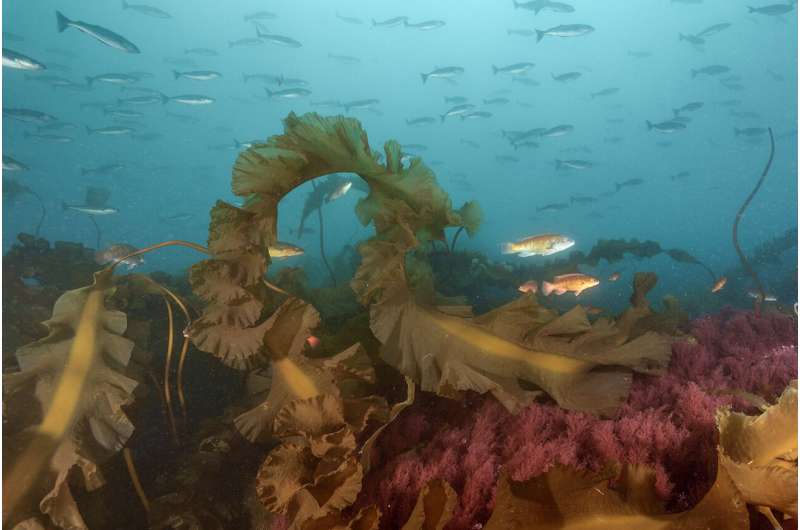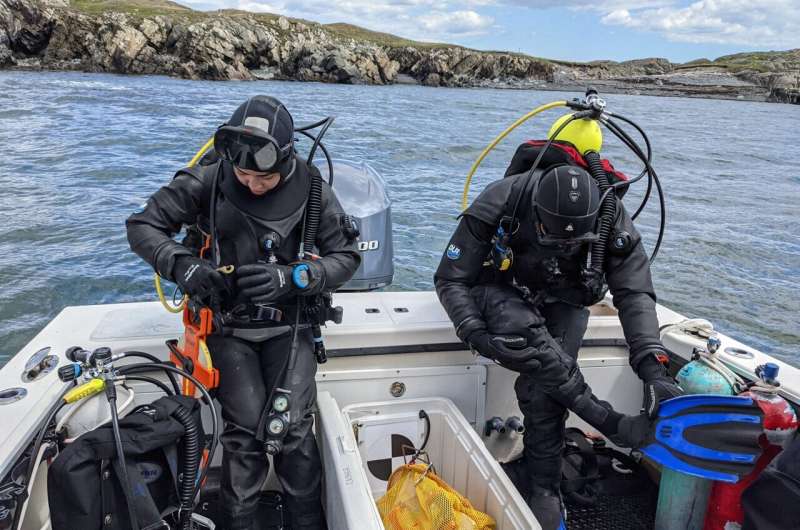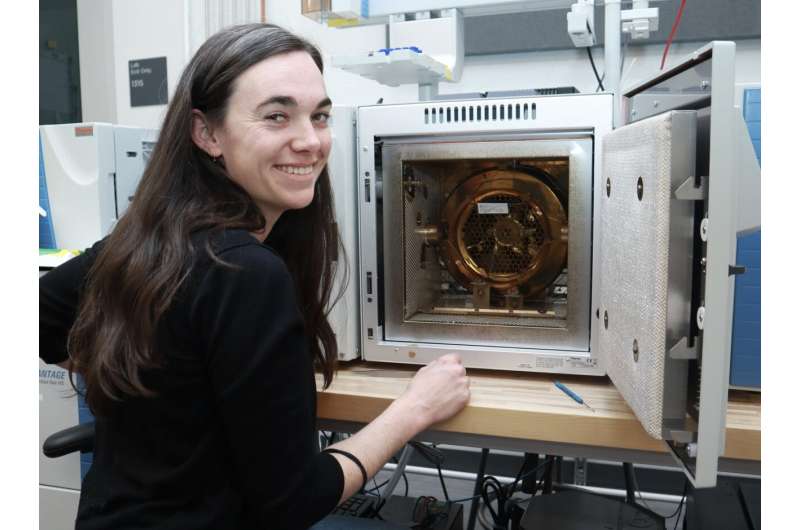In the serene waters of the Gulf of Maine, the vibrant underwater world is undergoing a dramatic transformation, threatening the delicate balance of its ecosystem. Join us as we dive deep into a heartwarming exploration of kelp forests and the fascinating research that unveils how these lush underwater gardens are changing – and what that means for the fish that call them home.

Once a thriving habitat along the coast, kelp forests have experienced a staggering decline of up to 80% in certain areas over the last few decades. Where lush kelp once waved gracefully, carpets of turf algae now dominate. This shift raises critical questions about how the food web in this beloved marine environment is adjusting to these changes.
Researchers from the Bigelow Laboratory for Ocean Sciences, led by the passionate Dara Yiu, are dedicated to understanding the broader implications of this ecological shift. Their recent study published in Science Advances sheds light on how the loss of kelp impacts predator-prey interactions and the energy flow within the ecosystem.

Yiu highlights the unique role kelp forests play in these ecosystems. “People have long recognized the importance of kelp as habitat and food, but we didn’t fully understand how critical they are for energy production in the Gulf of Maine,” she shares. The study emphasizes that losing these forests fundamentally alters the energy sources supporting the entire food web.
With warming sea temperatures wreaking havoc on kelp forests, these once lush environments have been invaded by turf algae, which lack many of the ecosystem benefits found in healthy kelp beds. While similar state shifts have been observed in terrestrial and coral environments, the ramifications in the Gulf of Maine are just starting to be understood.
Senior author Doug Rasher mentions, “We have a lot more knowledge about food webs in tropical areas, but there are significant gaps in our understanding of energy dynamics here.” His team’s work is laying the foundation for future research in these vital underwater habitats.

To explore this complex web of interaction, researchers used advanced methods to understand how energy flows from kelp to predators like pollock. By measuring stable isotopes in fish tissues, they discovered that fish in kelp-rich areas depended on kelp for over half of their energy. In contrast, in turf-dominated regions, phytoplankton became the key energy source, demonstrating the profound impact of losing kelp as a foundational species.
Yiu reflects on their findings with enthusiasm: “In high-productivity areas like the Gulf of Maine, we usually assume phytoplankton drives the food web. Discovering that kelp can also provide such crucial energy was unexpected!” This revelation uncovers the hidden impact of habitat loss and raises questions about the future structure of marine life in the region.
Looking ahead, Rasher and his team aim to further explore the reef food web by leveraging their innovative methods in other parts of the Gulf. They plan to study flourishing kelp forests near Cashes Ledge, which may offer insights into how these ecosystems once thrived.
Though the study marks significant progress, both Yiu and Rasher acknowledge that there’s still much to learn about the ripple effects of kelp forest loss on vital fish species and the overall resilience of marine life. “This research has opened the door to understanding the broader implications of changes in the Gulf’s food web,” Rasher concludes, leaving us hopeful and curious about what future discoveries may reveal.
More information:
Dara Yiu, Kelp forest loss and emergence of turf algae reshapes energy flow to predators in a rapidly warming ecosystem, Science Advances (2025). DOI: 10.1126/sciadv.adw7396. www.science.org/doi/10.1126/sciadv.adw7396
If you would like to see similar science posts like this, click here & share this article with your friends!


